Odalische
Oil on board, cm 25 x 30.5
With frame, cm 36,5 x 42
This painting depicts a bucolic and sensual scene immersed in a wooded landscape. At the centre of the composition, several half-naked or slightly draped female figures rest in an atmosphere of idleness and abandonment. A woman in the foreground, with a yellow and blue drape partially covering her legs, is lying on a blue cushion and holds a musical instrument similar to a lute or guitar. His gaze is directed towards the viewer, with a serene and slightly melancholy expression. Another female figure, lying on her back with a pink drape that wraps around her hips, has her arms raised and woven with garlands of flowers. His pose is languid and sensual. A small putto is depicted in the lower left, adding a mythological or allegorical element to the scene. The background is a lush vegetation, with leafy trees and a clear sky visible between the leaves. The light that filters through the trees creates a warm and golden atmosphere, accentuating the softness of the figures and the richness of the colors. The work, which echoes the production of the great French masters of the late eighteenth century, first of all Boucher, but also the visual culture of the first two decades of the nineteenth century, evokes a sense of pleasure, sensuality and harmony with nature, Recurring themes in genre painting and representations of mythological or pastoral scenes.
The representation of odalisques has been a fascinating and nuanced theme in French painting since the second half of the eighteenth century. Their representation is a true mirror of the cultural, artistic and even colonial dynamics of the time. In the 19th century, with the orientalist movement, odalisques appeared in the visual imagination of artists from across the Alps as exotic and sensual figures.


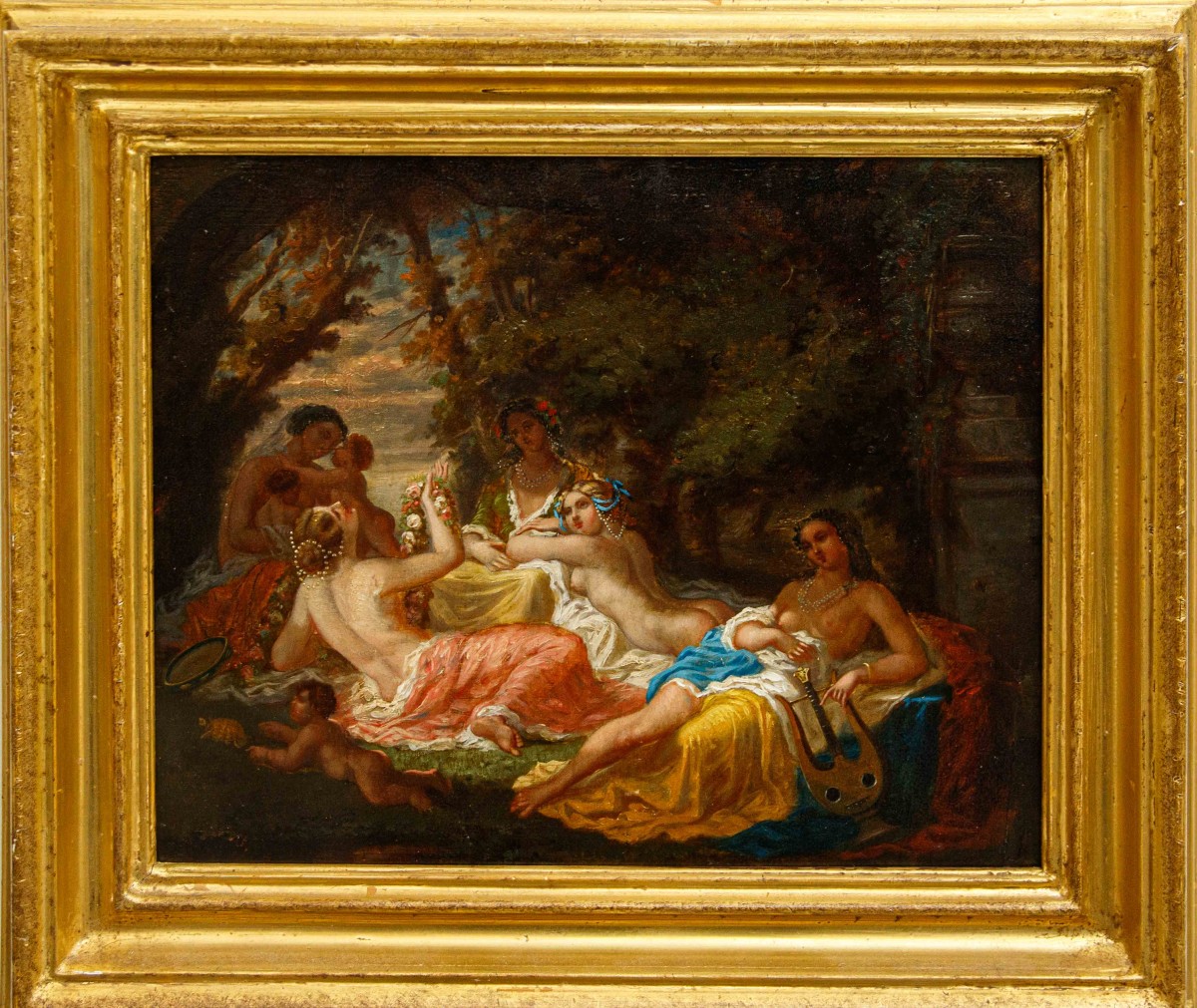
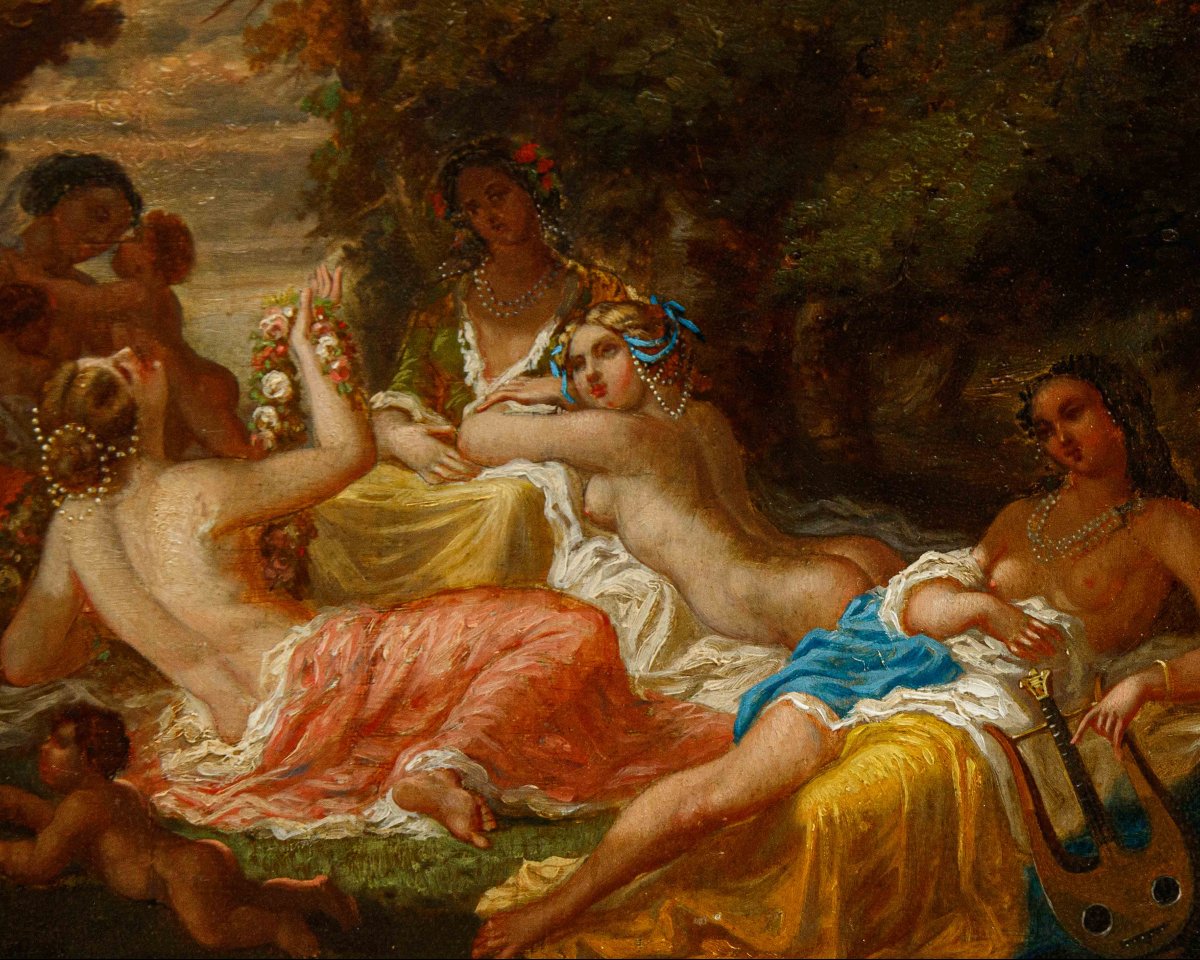



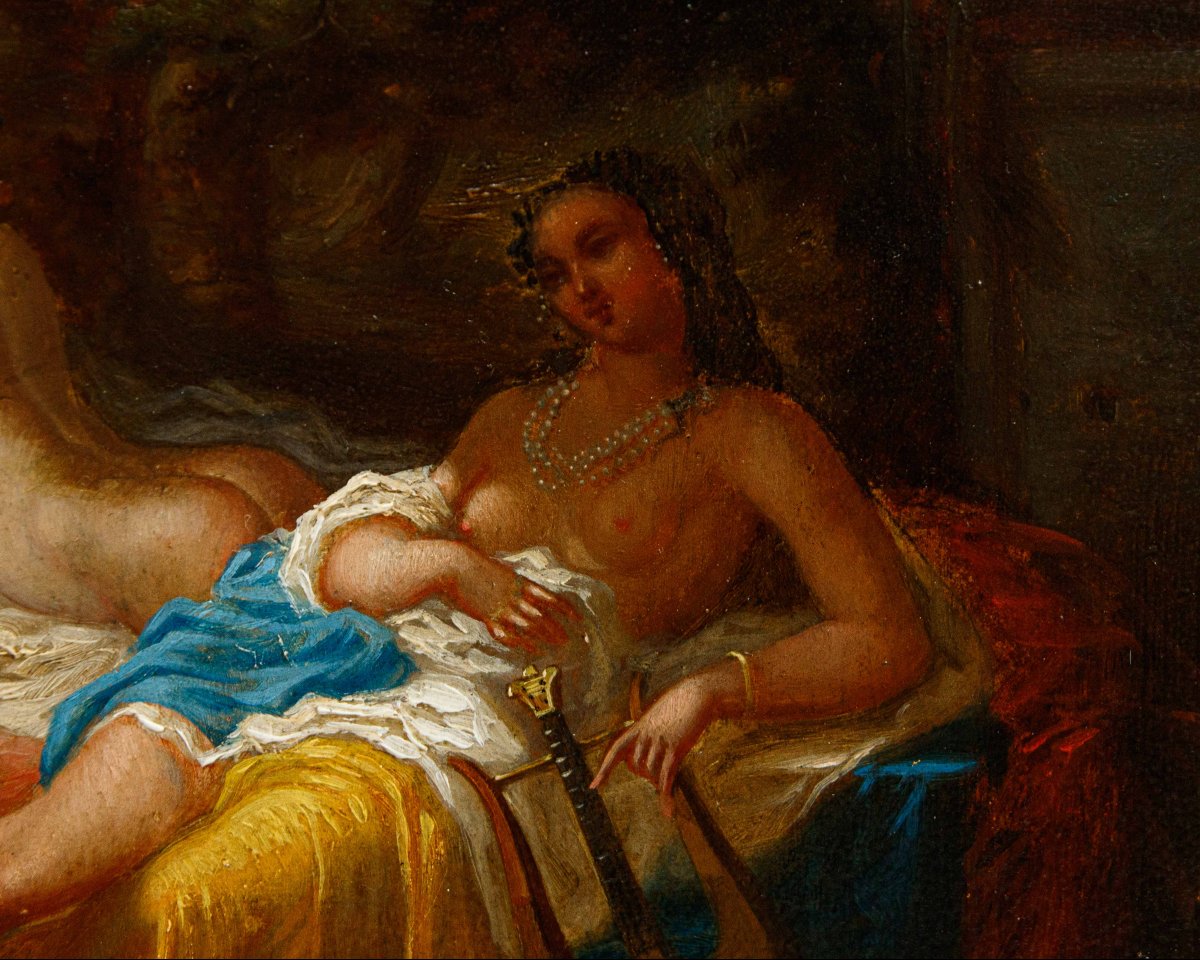


















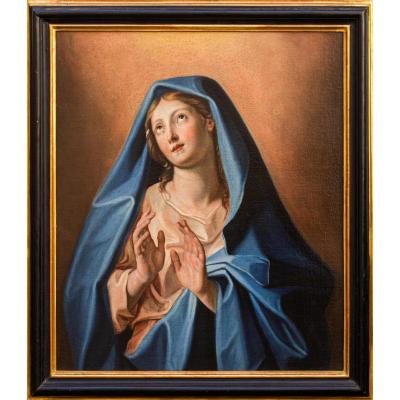





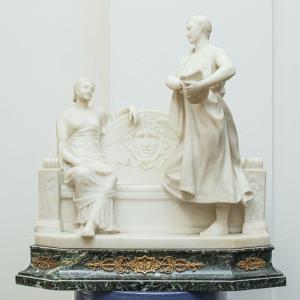








 Le Magazine de PROANTIC
Le Magazine de PROANTIC TRÉSORS Magazine
TRÉSORS Magazine Rivista Artiquariato
Rivista Artiquariato